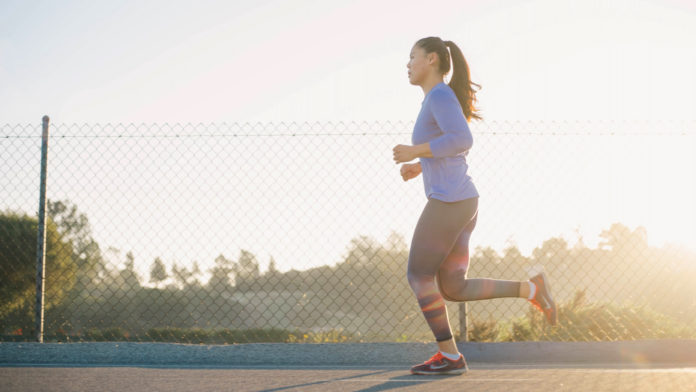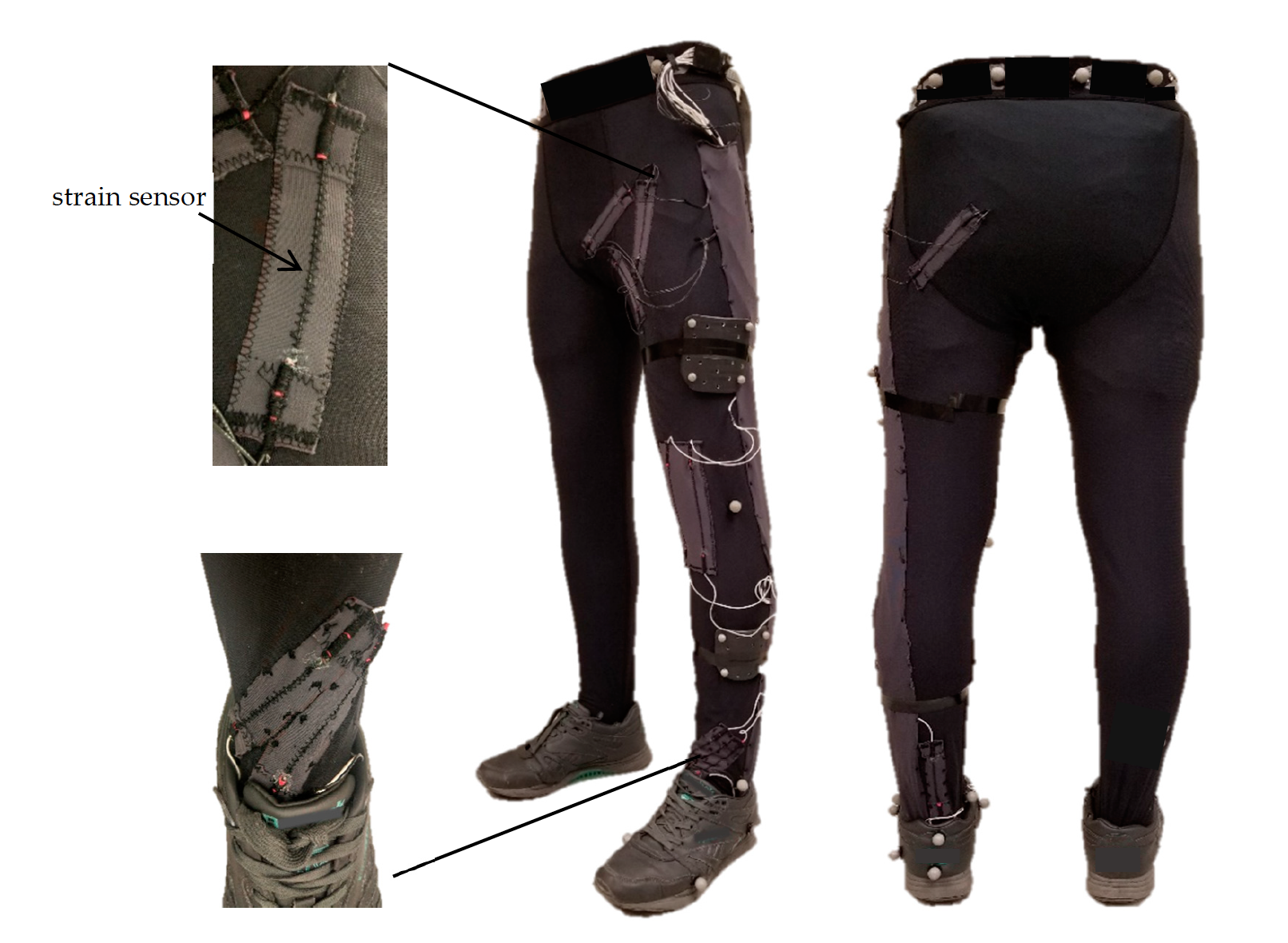With gyms and group fitness classes closed or operating at reduced capacity to prevent the spread of COVID-19, many Canadians have turned to running to maintain their physical fitness. And unfortunately, more people running means more running-related injuries.
Luckily, physiotherapists can use real-time feedback to help injured runners recover or to coach healthy runners on how to modify their mechanics to prevent injuries. These data can show if overstriding, for example, may have caused a runner’s injury. To date, however, this feedback has typically only been available in a lab or clinical setting, using mirrors, cameras, or the gold standard, a motion capture device.
While working on his post-doctoral fellowship at the Menrva Research Group at Simon Fraser University (SFU), Christopher Napier and his colleagues developed a wearable prototype to bring this type of analysis out into the real world. Their study was published in Sensors.
“As a running specialist, I examine biomechanical risk factors for running injuries and how to retrain those movement patterns using real-time feedback,” said Napier, now a physiotherapist and clinical assistant professor in the department of physical therapy at the University of British Columbia, in a press release.
“There are many shortcomings of doing that in a lab — it is a snapshot in an artificial environment and people have to physically go there. I started looking into wearable technology and with my team at SFU developed a prototype for runners to use a garment to measure their biomechanics.”
The prototype garment included flexible fibre sensors made of spandex yarn coated with a carbon black thermoplastic elastomer composite. These sensors — positioned on the hips, knees, and ankles — flex with the wearer and record the changing angle of the joints through each part of their stride.
Data from the sensors are analyzed through a deep convolutional neural network, a type of artificial intelligence used to analyze visual imagery. Armed with this information, a runner and their physiotherapist can develop a plan to rehabilitate an injury and prevent it from happening again.
Researchers discovered that these sensors collect more accurate movement data than inertial measurement units, the type of sensor found in fitness trackers, smartphones, or GPS devices. To bring the prototype sensor to market, Napier is working with Vancouver-based Plantiga, a human analytics company specializing in gait analytics, sensors and instrumented footwear.
“I’m looking forward to bringing this wearable technology closer to becoming a commercial product,” said Napier. “One day I’d love to see it used by clinicians as an assessment tool to monitor runners and offer interventions.
“I’d also like to see it used by runners themselves, just like they use other tools like heart rate monitors and GPS watches, to monitor their training load and make informed decisions about when they need to back off or increase their training for performance.”
In addition to helping runners, this technology has the potential to monitor movement and support rehabilitation activities in other areas. For instance, it could be adapted to monitor and record gait changes in people with conditions that affect motor function, like Parkinson’s disease.
The way we move affects our health. Wearable technologies are paving the way to being able to measure movement in our everyday environments, giving clinicians a richer picture of how to help. Making these types of analysis readily accessible to consumers will help more people hit the ground running, no matter what their personal goals.









































